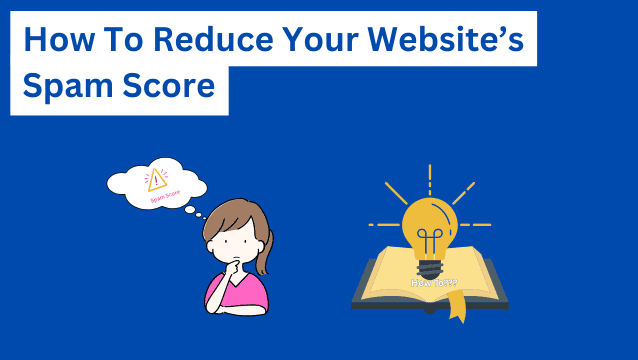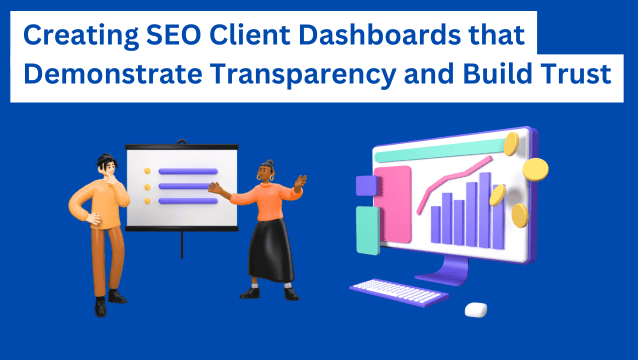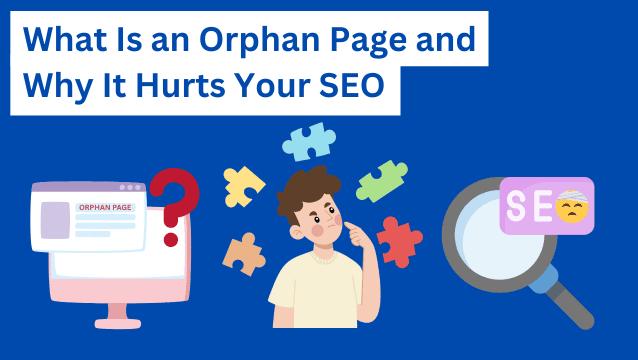Cold B2B leads clogging your sales funnel?
You don’t have a target market problem. You have a strategy problem.
B2B audiences are primed for buying. They have a passion for running efficient businesses that scale, and they want to pay for solutions that help. But they’re also swamped with offers in their inboxes and newsfeeds.
When so many other brands are vying for your audience’s attention, a spray-and-pray cold call method isn’t enough.
➜ You need a multi-channel acquisition approach and the right lead scoring criteria to compete.
Let’s take a closer look at B2B customer acquisition strategies and channels you can use to attract better leads, close deals faster, and grow with customers who stick around.
Highlights
- Multi-channel strategies outperform cold outreach — Winning B2B acquisition requires ABM, intent data, content marketing, and personalized outreach instead of spray-and-pray cold calling.
- Content, nurturing, and personalization drive conversions — Tailor messaging and assets to funnel stages, decision-maker roles, and buyer behaviors with email automation, lead scoring, and self-service resources.
- Alignment between sales and marketing is essential — Shared ICPs, consistent lead scoring, and regular syncs improve lead quality and speed up the funnel.
- High-performing channels include LinkedIn, email, content, paid ads, referrals, and webinars — Each supports buyers at different stages, and performance should be tracked with CPQL, CAC, and ROI metrics.
- Retention and feedback fuel long-term growth — Happy customers not only expand accounts but also drive referrals, reviews, and product improvements that accelerate acquisition.
14 Top strategies for B2B customer acquisition
Here are the top B2B customer acquisition strategies we recommend testing:
1. Implement Account-Based Marketing (ABM) for high-value accounts
ABM is about focus. You choose the companies you truly want to work with and build tailored plans just for them.
This starts with a clear ideal customer profile (ICP).
Study your top customers — what do they share? Use tools like Terminus or Demandbase to identify similar accounts.
Once you’ve chosen the right accounts, craft specific experiences. Personalized landing pages, industry-specific case studies, and account-focused offers help open conversations.
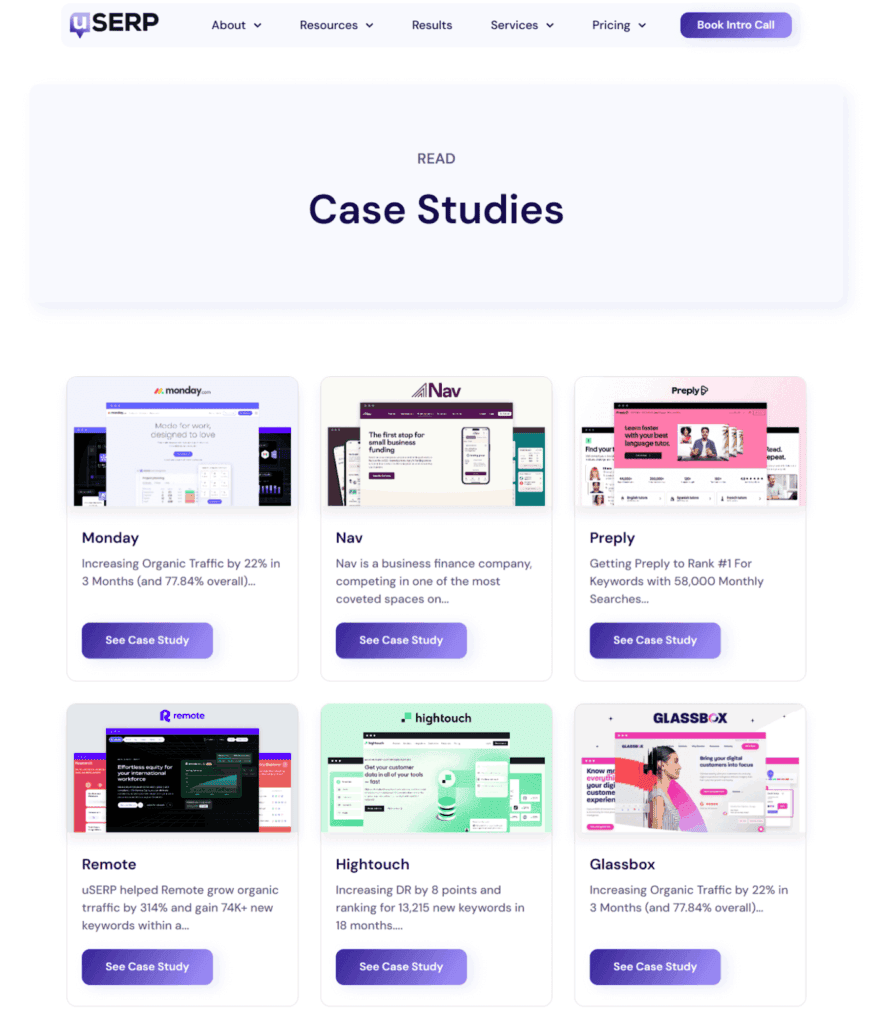
IMPORTANT: To make ABM work, marketing and sales need to work side by side. Hold regular syncs to fine-tune your targets and update messaging as you go. The more aligned the team, the smoother the execution.
*Pro-Tip: For your highest-priority accounts, build mini content hubs with ROI calculators, demo invites, and videos that speak directly to their challenges.
2. Use buyer intent data to engage interested leads
Buyer intent tools let you know who’s already looking.
Platforms like 6sense and Bombora show which companies are reading your blog, searching for your solution, or checking out your competitors.
When you see activity, act quickly.
If a company views multiple pages or attends a webinar, increase their lead score and create a tailored outreach sequence. Mention the exact content they explored — it shows you understand what they’re trying to solve.
*Pro-Tip: Prepare a quick-access content library tied to common behaviors. If someone’s researching CRM tools, send a helpful comparison guide or video walkthrough. (Make your outreach feel like the natural next step.)
3. Create content for every stage of the funnel
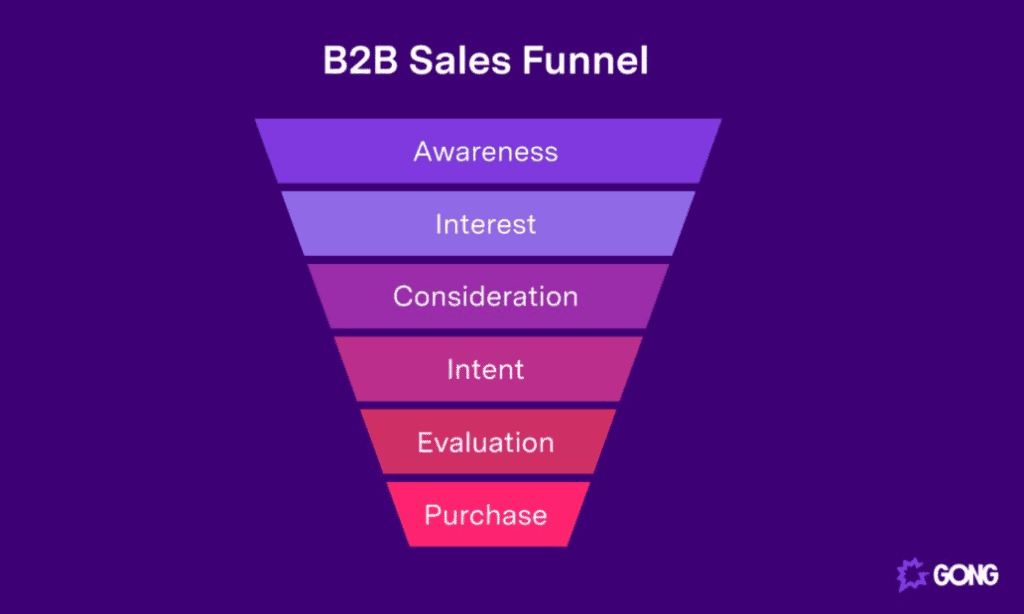
Different stages need different content — so meet people where they are.
For example, at the:
- Top of the funnel: Share tips, how-to videos, and thought-provoking posts that solve real problems. Use free lead magnets to collect email addresses. These spark curiosity and build awareness.
- Middle of the funnel: Offer stories, insights, and real-world examples. Webinars, case studies, and checklists show your value and help people build confidence in your solution.
- Bottom of the funnel: Provide tools that help people decide. ROI calculators, trials, and side-by-side comparisons make the choice easier.
*Pro-Tip: Tailor content by role. Finance leaders may want ROI. Ops teams may focus on integration.
Speak to each decision-maker’s priorities.
4. Develop an email nurturing system with lead scoring
Nurturing leads through email marketing campaigns should feel useful and relevant. Lead scoring helps you know when someone’s ready for more.
Track actions like returning to your pricing page, downloading guides, or signing up for events.
Based on activity, direct leads to different paths, such as:
- Score 0–25: Introductory tips and educational pieces
- Score 26–50: Event invites or helpful walkthroughs
- Score 51–75: Stories from similar companies and demo offers
- Score 76+: Direct contact from a sales rep

Segment carefully and think about your sales cycle.
A healthcare lead likely needs different examples and offers than someone from fintech. Smart segmentation keeps your messaging sharp and relevant.
*Pro-Tip: Use behavior-based triggers in your email nurture flows to automatically advance leads through scoring tiers.
5. Encourage social selling and personalized outreach
People connect with people. Social selling helps you build those personal connections early.
This is what makes your brand and team memorable if you show up consistently.
For example, train your team to participate on LinkedIn by sharing thoughts, commenting on posts, and being helpful. Personalized connection requests that mention common interests or shared events go further — but make sure to stay in touch, otherwise it looks fishy.
Give your reps access to a swipe file of valuable content, like recent blog posts, customer wins, or popular guides. Make it easy for them to share and engage regularly. (Make sure they have conversational speaking scripts so they don’t sound like a bot with a template.)
Watch who interacts. Likes, comments, and shares are subtle signals of interest. Use them to guide your next conversation.

*Pro-Tip: Equip your sales team with LinkedIn automation and AI-assisted insights to scale personalized outreach without losing authenticity.
6. Launch a referral program that’s simple and visible
Referrals come from satisfied customers, but only if they know how to refer you. And sometimes they need a nudge, or they’ll forget.
Keep your program front and center and remind them about it.
Mention it in your email signatures, at onboarding, and during milestone check-ins. Use tools like ReferralCandy or Yotpo to track and automate this.
You can also offer clear rewards like gift cards, discounts, or charitable donations. This makes it easy to join and even easier to share.
*Pro-Tip: Ask at the right moment, right after a successful onboarding or a major success. That’s when customers are most excited to spread the word.
7. Optimize ad campaigns for high-intent keywords
High-intent keywords bring in buyers ready to act. Focus your ad campaigns on these to encourage higher conversion rates. For example, instead of targeting general terms like “CRM software,” target specific phrases like “best CRM for B2B fintech startups.”
Use Google Ads to capture search demand, and LinkedIn Ads to reach specific roles within your ICP. Match messaging to intent and retarget thoughtfully.
Set these up for all stages in the funnel so you have an offer for every lead type.
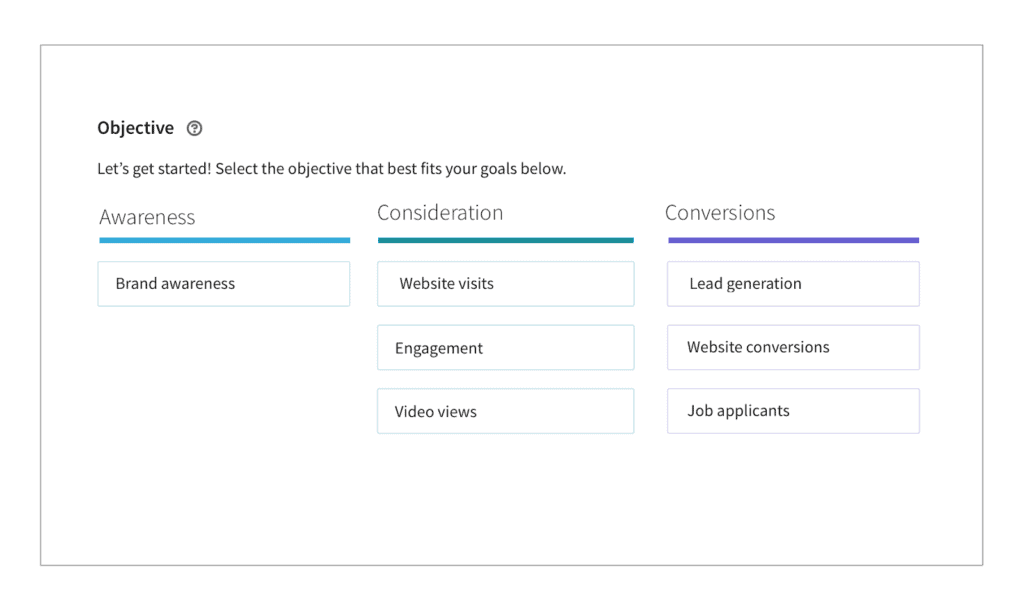
If someone watches a product video but doesn’t convert, follow up with testimonial ads or case studies. Each touch should build on the last.
*Pro-Tip: Regularly review your PPC search terms report to double down on high-intent keywords and cut wasted spend.
8. Keep marketing and sales teams aligned on lead quality
When both teams agree on what makes a good lead, everything moves faster.
Start with a shared ICP and a lead scoring system and meet regularly to review real deals. What signs showed a lead was serious? Where did the handoff work well?
➜ Agree on what defines a Marketing Qualified Lead (MQL) and a Sales Qualified Lead (SQL). Keep these definitions updated as your customer base evolves.
Aligning this way gives both of your teams a clearer path to success.
*Pro-Tip: Define a shared lead scoring model and hold monthly pipeline reviews to keep sales and marketing aligned on quality.
9. Form partnerships and run co-marketing campaigns
Strategic partnerships let you reach more people in less time. Team up with businesses that serve the same audience in a different way. Host webinars together, create co-branded guides, or offer special discounts.
Joint marketing efforts boost reach and build trust.
Be sure to also track performance across multiple metrics. (Your leads, engagement, demos, and referrals all tell a different part of the story.) Use UTM links and shared dashboards so both sides stay aligned on what’s working.

*Pro-Tip: After a successful campaign, leverage the momentum. Ask your partner to introduce you to three other businesses they trust and return the favor.
A warm intro (both ways) can open the door to new collaborations and keep your revenue growth compounding.
10. Use analytics to improve each acquisition channel
Clear data leads to better decisions. Map your whole funnel to see what’s working and what needs attention.
Check where leads drop off, what pages hold attention, and which campaigns bring in qualified traffic.
Use tools like Google Analytics, Mixpanel, or HubSpot to break down:
- Conversion by content type
- Bounce rates by source
- Time spent per page
- Session replays

Test constantly. Try new subject lines, CTAs, and headlines. Measure the results, and invest more in what drives them.
*Pro-Tip: Track performance by channel with multi-touch attribution to identify the highest-ROI acquisition levers.
11. Add AI tools for smarter targeting and lead scoring
AI can uncover patterns that help your team focus better. Tools like 6sense, HubSpot, and InsideSales can spot trends and surface the best leads. They assign scores and recommend next steps based on behavior.
(This means your sales team can reach out when it counts.)
To get accurate predictions, feed these tools clean, up-to-date data from your CRM. Consistent input helps AI deliver stronger insights.
*Pro-Tip: Pair AI lead scoring with predictive analytics to surface accounts most likely to convert before competitors reach them.
12. Build education and self-service into your experience
Buyers often explore on their own, so help them find what they need quickly.
Consider creating a help center, an FAQ page, and short videos that explain how to get started. Let people try your product through demos or sandbox environments, too.
Inside your product, include tooltips, walkthroughs, and helpful nudges. These reduce questions and help users get value faster.
*Pro-Tip: You can also enhance your website’s SEO with FAQ pages and other self-service additions, so they’re well worth the effort.
13. Use retention to drive growth
Happy customers expand your reach — they’re more likely to refer others and stay long term.
Keep tabs on how things are going to encourage retention.
For example, use customer health scores to track satisfaction, and reach out when you notice a dip. Be sure to also celebrate wins with your customers, and ask for reviews or referrals when they hit milestones.
*Pro-Tip: If you come out with a new feature you know they’ll love, reach out with an exclusive trial offer. Use video marketing sequences to personalize their experience further.
14. Let customer feedback shape your product
Customer input keeps your product sharp, so ask for it often.
Set up quick surveys, schedule interviews, or create a feature request board.

You can also send out a short “Product Pulse” every month with just a few questions. This shows customers you care and helps you spot trends.
Follow up on their feedback, though. Share what you’ve built based on their ideas so they know you’re listening. This is what helps customers feel heard and more likely to stay and share their experience.
*Pro-Tip: Close the loop by feeding customer feedback directly into product roadmaps and marketing messages to boost retention and referrals.
When your product grows with your customers, so does your brand’s reputation and reach.
6 Top B2B customer acquisition channels to focus on
B2B buyers are thoughtful, data-driven, and often involve multiple stakeholders, so choose channels that complement how they research and make decisions.
Here are six reliable, high-impact acquisition channels and how to get the most from each:
1. LinkedIn
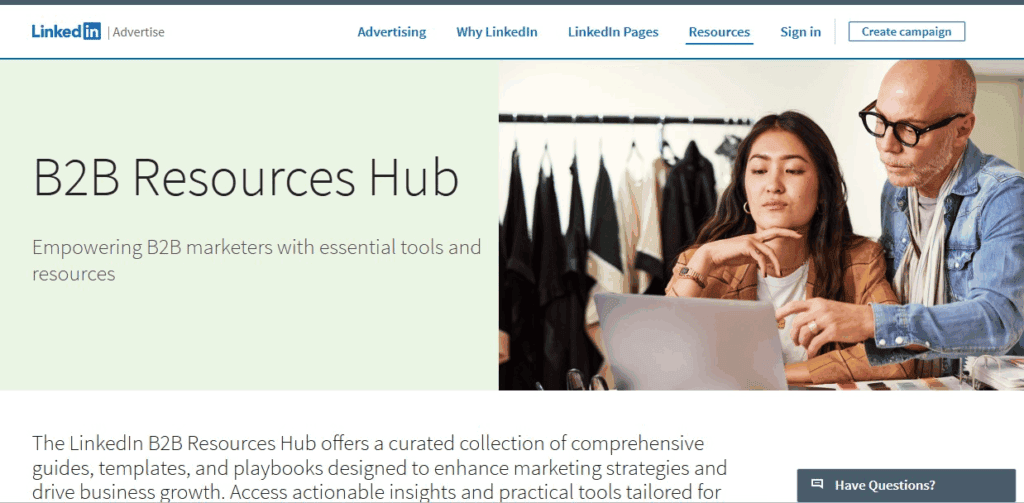
LinkedIn is where decision-makers go to learn, connect, and vet vendors. And it remains the leading platform for B2B marketers, according to a 2024 report by Statista.
Use LinkedIn’s advanced filters to target by role, company size, or industry. Run lead-gen forms directly on the platform to reduce drop-off.
And post consistently so B2B decision makers remember you. Share insights, short videos, case studies, and commentary on industry trends, often.
*Pro-tip: Use tools like Shield or Taplio to track post engagement and optimize your content cadence.
2. Email marketing
Email is still one of the best-performing marketing channels (Source: Statista). (Especially when you personalize and segment.)
Use email to nurture leads, re-engage inactive contacts, and guide buyers through the funnel.
Automate based on behavior (like content downloads or site visits), and score leads over time. Your emails should feel like help, not a sales pitch.
To make that happen, it’s just as important to focus on who receives the emails as what they contain. Clean, accurate data ensures personalization works as intended and prevents wasted effort on outdated or incorrect contacts. That process starts with building a verified contact list. Using an email finder helps teams quickly source accurate addresses, enabling nurturing campaigns to reach the right inboxes and automation to have a more substantial impact.
*Pro-tip: Use HubSpot, ActiveCampaign, or Customer.io to create behavioral workflows and score leads in real-time.
3. Content marketing
Content compounds.
A solid blog, resource hub, or video library attracts organic traffic and educates leads before they ever speak to sales.
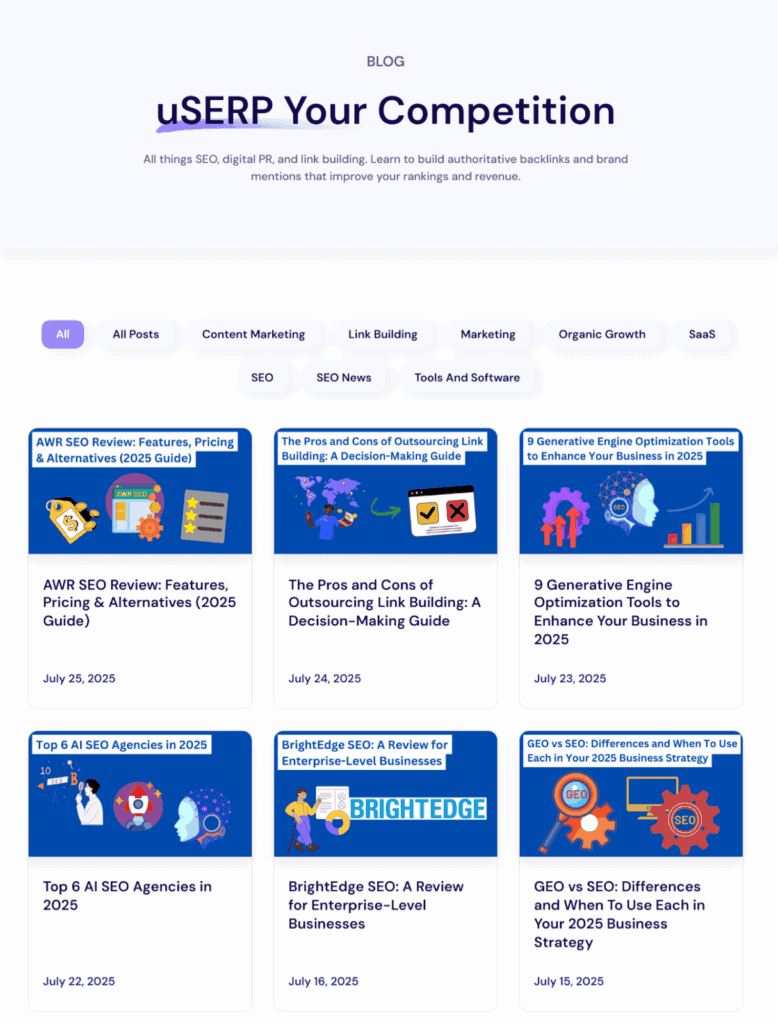
➜ Focus on SEO-driven content for mid-to-bottom funnel searches like “best inventory software for manufacturers” or “how to prepare for SOC 2 audit.” Use gated content (like templates, guides, or industry reports that require an email to access) to capture contact info and score interest.
*Pro-tip: Use Frase or Clearscope to optimize articles that rank and convert.
4. Paid ads

If you need speed, use paid ads. (Experts say B2B marketing and advertising in the US will keep growing. By 2026, businesses are expected to spend about $69 billion on it (Source: Statista).)
Google Ads works well for high-intent keywords. And LinkedIn Ads help you reach the exact job titles you’re targeting.
Split campaigns by funnel stage — awareness, consideration, and conversion — and tailor the creative accordingly. Retarget with testimonials or free trial CTAs to encourage conversion.
*Pro-tip: Track cost per qualified lead (CPQL), not just CPC or CPM.
5. Referral programs
Make your referral marketing program visible at key customer touchpoints, like onboarding, support chats, and success check-ins. Automate tracking and rewards with tools like Referral Rock or PartnerStack.
*Pro-tip: Keep it simple. Use one clear reward, one clear action, and a short form.
6. Webinars
Webinars build trust and let prospects engage without pressure. (B2B marketers consider webinars as the most effective channel for getting top-of-the-funnel leads (Source: Statista).)
Choose timely, relevant topics tied to your product’s value and your audience’s pain points. Don’t pitch on this — educate.
Co-host with a partner or customer to reach new audiences and use polls and live Q&A to engage viewers and surface qualified leads.
After the webinar, close with a gentle sales nudge or send a lead-nurturing email sequence.

*Pro-tip: Make sure to follow up quickly before viewers move on. Send recordings, bonus materials, or a personalized email recap within 24 hours.
Use a mix that matches how your audience shops. Track every channel, test often, and double down on what works.
Wrap up
Successful B2B customer acquisition campaigns focus on the right strategies and channels.
To keep these top of mind, save this article and forward it to your sales and marketing teams.
Want to turn better leads into loyal customers? Let’s map out a strategy that works for your business. Book a free intro call with uSERP now.
FAQs about B2B customer acquisition
1. What are the best B2B customer acquisition strategies?
ABM, content marketing, referral programs, social media marketing, and paid ads (LinkedIn, Google) help target high-value accounts and increase conversions.
2. How do you generate B2B leads?
Use targeted content, LinkedIn outreach, email campaigns, and intent data to attract warm leads.
3. What are the most effective channels for B2B customer acquisition?
The most effective B2B marketing channels are: LinkedIn, email marketing, content (blogs, SEO), paid ads, referrals, and webinars work well for B2B customer acquisition.
4. How do I improve my B2B customer acquisition process?
Focus on ideal accounts with ABM, tailor your content, use lead scoring, and track results using analytics.
5. What is ABM (Account-Based Marketing) in B2B?
ABM is a focused marketing strategy that targets specific high-value accounts with personalized content and outreach.
6. How can social selling improve B2B customer acquisition?
It helps you build relationships with decision-makers through platforms like LinkedIn, making outreach more personal and effective.
7. What role do referral programs play in B2B acquisition?
They turn satisfied customers into promoters so you can bring in high-quality leads with little added cost.
8. What metrics should I track for B2B customer acquisition?
Track CAC, CLV, conversion rates, lead-to-close time, churn rates, and ROI by channel.
